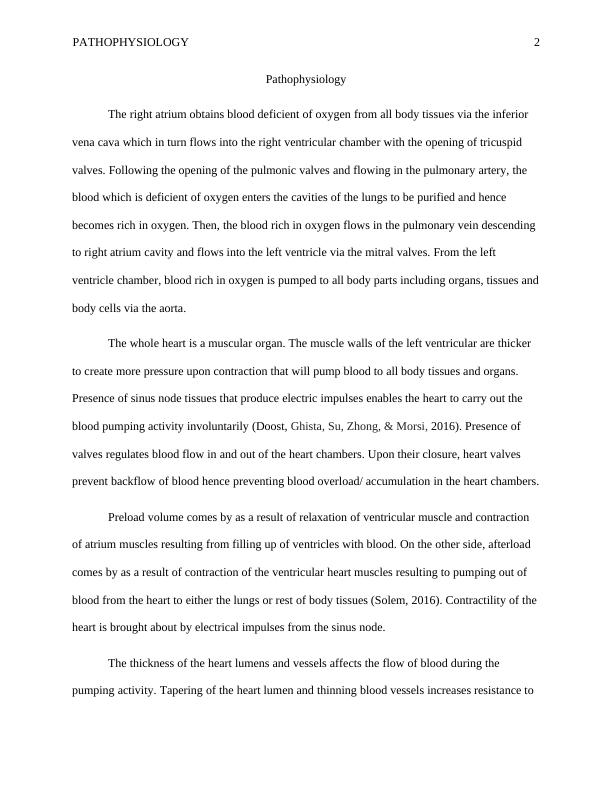Pathophysiology | Assessment | 1
Added on 2022-10-08
4 Pages465 Words23 Views
End of preview
Want to access all the pages? Upload your documents or become a member.
Anatomy and Function of the Cardiorespiratory System
|7
|1196
|183
Anatomy and Physiology of the Heart
|4
|704
|209
Cardiac Nursing Topic 2022
|11
|2592
|40
Transport and Respiration in Biology
|27
|5047
|98
Cardiac Conduction System and Vitamin B12
|5
|998
|47
Anatomy and Physiology Essay 3&4 on Human Vascular System and Facial Artery
|4
|1339
|440


